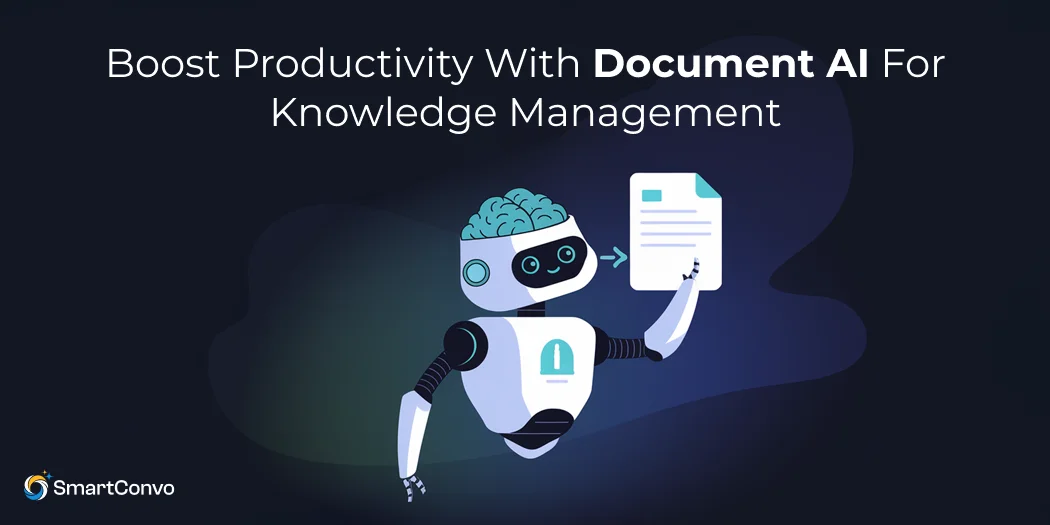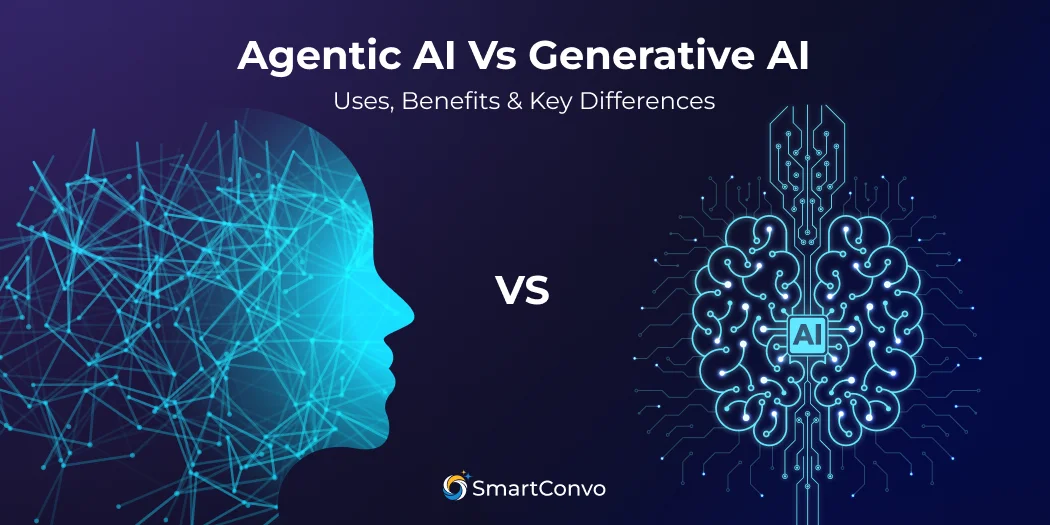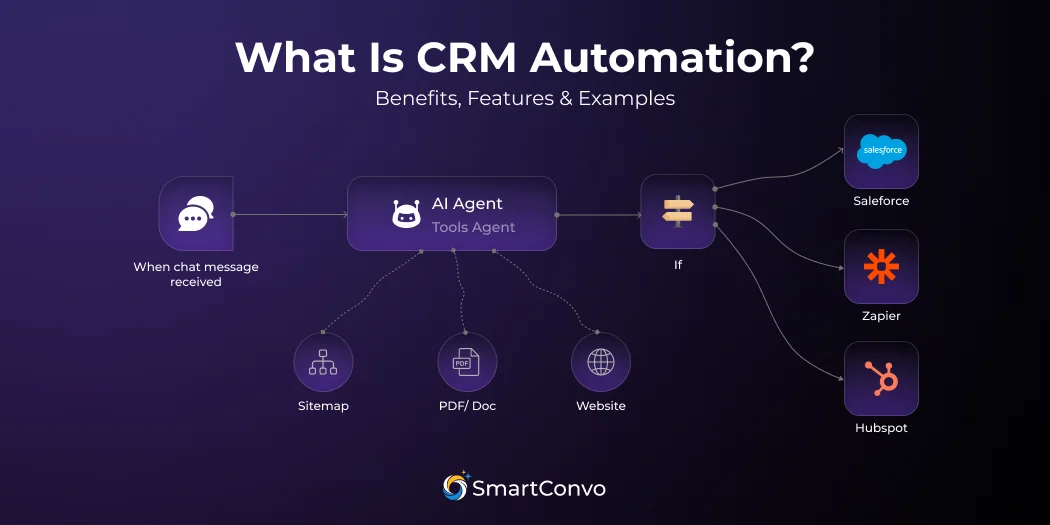Effective knowledge management is crucial for staying competitive in today’s data-driven world. However, many businesses still rely on manual processes, which slow operations, create bottlenecks, and lead to missed opportunities. Managing information quickly and accurately has never been more important, and that’s where Document AI for Knowledge Management comes in as a powerful solution.
Document AI uses artificial intelligence to analyze, process, and manage documents with impressive speed and accuracy. By automating repetitive, document-heavy tasks, it helps businesses save time, reduce errors, and streamline workflows. But what exactly is Document AI, and how can it transform knowledge management practices?
In this blog, we’ll explore how Document AI is reshaping organizational productivity. We’ll discuss its role in improving efficiency, minimizing errors, and allowing teams to focus on more strategic work. You’ll also find actionable steps for implementing Document AI into your knowledge management systems to ensure a smooth transition and unlock its full potential.
Whether your goal is to enhance workflows, reduce costs, or stay ahead of competitors, Document AI can help revolutionize how your organization manages information. Let’s dive into how it can make a significant impact.
What Is Document AI?
Document AI, or Document Artificial Intelligence, refers to AI-powered solutions specifically designed to interpret, analyze, and manage various types of documents. By leveraging advanced techniques like machine learning, natural language processing (NLP), and computer vision, Document AI focuses on automating the handling of unstructured information—such as invoices, contracts, PDF files, emails, receipts, handwritten notes, and more. This allows organizations to efficiently process, analyze, and extract meaningful insights from vast amounts of data that would otherwise require time-consuming manual work.
A Document AI platform can perform a wide range of tasks, including extracting specific data fields like names, dates, or amounts, classifying files into organized categories, detecting anomalies, and making documents easily searchable. For example, it can automatically sort incoming invoices by vendor, extract payment details, and flag discrepancies for review. Document AI is more than simple automation—it represents intelligent automation that not only accelerates workflows but also reduces human error, frees up valuable time, and empowers teams to focus on higher-value work.
As businesses increasingly deal with growing volumes of data, the adoption of Document AI is becoming essential for maintaining efficiency, improving accuracy, and gaining a competitive edge.
Why Document AI Is Key to Knowledge Management
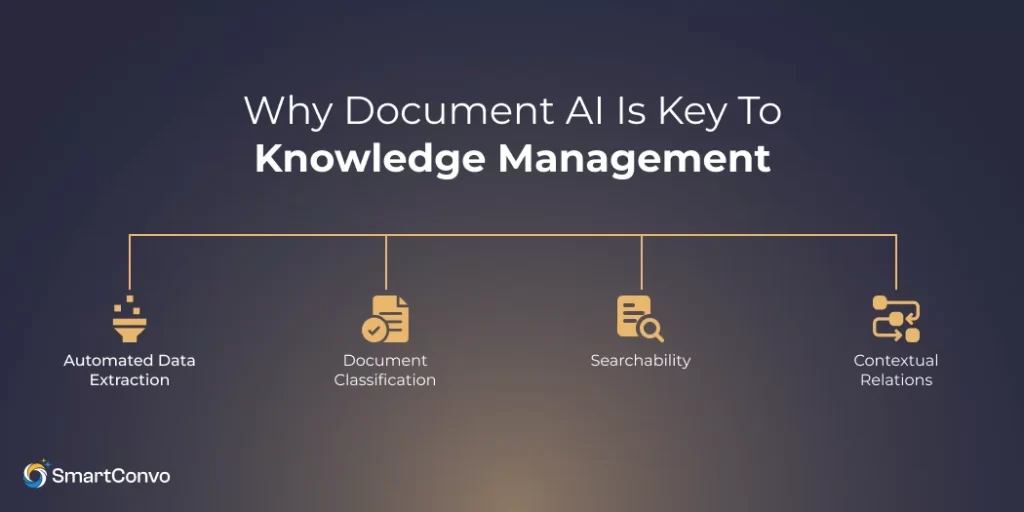
Knowledge management is the process of gathering, organizing, and sharing vital information across an organization to improve decision-making, collaboration, and efficiency. Despite its importance, a staggering amount of business knowledge remains trapped in documents, often siloed, unstructured, or difficult to access when needed. This can lead to wasted time, missed opportunities, and reduced productivity.
Document AI offers a solution by leveraging intelligent tools that automate the extraction, analysis, and organization of data from documents. By streamlining document-related tasks, it allows businesses to unlock valuable insights, improve workflows, and ensure critical information is easily accessible to teams.
Automated Data Extraction
One of the most powerful aspects of Document AI is its ability to extract specific data points automatically, saving time and reducing manual effort. For instance, it can quickly identify names, dates, and numerical values in complex contracts, ensuring accuracy and eliminating the need for tedious data entry.
Additionally, it can highlight key metrics in financial reports, such as profit margins or revenue figures, making it easier to analyze and interpret critical business information. This capability streamlines workflows and enhances productivity across various industries.
Document Classification
Instead of requiring human intervention, Document AI intelligently classifies documents into relevant categories automatically, streamlining workflows and saving valuable time. Whether it’s HR documents, customer agreements, tax forms, or other critical files, this technology ensures everything is neatly organized and easy to access.
By eliminating manual sorting, it reduces errors, prevents bottlenecks, and allows teams to focus on more strategic tasks, making document management simpler and more efficient.
Searchability
By converting documents into easily searchable formats and indexing the content, Document AI simplifies the process of retrieving information, saving both time and effort. It uses advanced machine learning algorithms to scan, analyze, and categorize data, making it accessible in just a few clicks. Imagine being able to locate a specific term or piece of information buried in a 100-page document within seconds—not hours—without manually sifting through endless pages. Whether it’s legal contracts, financial reports, or large datasets, Document AI ensures you can quickly find what you need with precision and ease.
Contextual Relations
Advanced Document AI systems not only extract and analyze data but also understand the relationships between various pieces of information. For instance, they can link invoices with attached purchase orders, maintaining the context and ensuring seamless access to related documents.
This capability streamlines workflows, reduces manual effort, and minimizes errors by presenting all relevant information in a connected and easy-to-navigate manner. It’s a game-changer for businesses handling large volumes of documents.
How Document AI Boosts Productivity in Knowledge Management
Better Automation
With Document AI, repetitive and time-consuming tasks such as manual data input, document routing, and approvals can be fully automated, freeing up employees to focus on higher-value and strategic work instead of being weighed down by administrative burdens. By leveraging advanced machine learning and natural language processing, Document AI simplifies workflows and reduces errors caused by manual handling.
For example, an HR Case Management Systems powered by Document AI can automatically scan and analyze resumes, match them to the most suitable job roles, and even prioritize candidates based on predefined criteria. This not only speeds up recruitment processes but also ensures a more efficient and accurate hiring system, saving valuable time for HR teams while improving the overall candidate experience.
Increase in Business Intelligence
Document AI does more than just store information — it transforms raw data into actionable insights that drive smarter decisions. By analyzing and processing unstructured data, it enables organizations to extract meaningful patterns and trends from contracts, sales data, or customer feedback. Dashboards powered by Document AI can highlight hidden insights, providing businesses with a clear view of opportunities and areas for improvement. For example, integrating Document AI with advanced tools like generative AI or a LLM chatbot takes it a step further. These tools can offer real-time analytics, summarize large datasets, and answer complex queries, all derived from Document AI outputs. This combination empowers organizations to make faster, more informed decisions across various business functions, improving efficiency and competitiveness in a data-driven world.
Benefits of Document AI for Knowledge Management
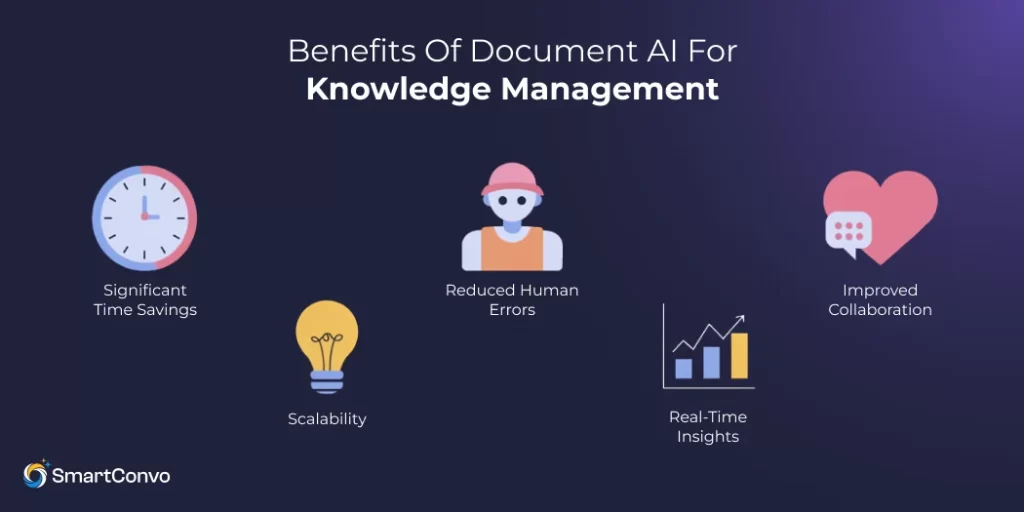
Selecting a Document AI platform offers tangible benefits that improve efficiency, reduce manual effort, and enhance accuracy across various business functions. By automating document processing tasks, businesses can save time, cut costs, and focus more on strategic activities, driving overall productivity and better decision-making.
Significant Time Savings
Manual document-related tasks often consume hours, requiring employees to spend significant time on repetitive processes like sorting, extracting, and classifying data. Document AI streamlines these workflows by leveraging advanced technology to enable fast and accurate data extraction and classification. This not only reduces project completion times but also improves efficiency, allowing teams to focus on higher-value tasks and meet deadlines with ease.
Reduced Human Errors
Human errors are inevitable—but costly—especially in industries that rely heavily on accurate data entry and strict compliance, such as finance, healthcare, and legal services. Even small mistakes can lead to significant financial loss, regulatory fines, or reputational damage. Document AI addresses this challenge by automating these tasks with precision, reducing the risk of errors while improving efficiency and ensuring accuracy.
Improved Collaboration
Through centralized knowledge repositories, Document AI promotes collaboration by offering a knowledge base for HR or other departments. It ensures that teams can easily access the same documents, insights, and policies, streamlining workflows and reducing the time spent searching for critical information. By providing a single source of truth, it fosters alignment across teams and enhances organizational efficiency.
Scalability
Manually processing documents becomes increasingly complex and time-consuming as an organization grows, leading to inefficiencies and potential errors. Document AI offers a scalable solution, effortlessly handling larger workloads with speed and precision. By automating tasks like data extraction and classification, it not only saves time but also ensures accuracy, enabling teams to focus on higher-value activities and improving overall productivity.
Real-Time Insights
By keeping your organization up-to-date, Document AI provides valuable insights that evolve alongside your business, ensuring you stay ahead in a competitive market. These insights are especially crucial in fast-paced industries like retail and finance, where strategies must adapt quickly to changing consumer demands, market trends, and regulatory requirements. With Document AI, businesses gain the ability to make informed decisions with confidence, driving growth and efficiency.
Step-by-Step Guide to Implementing Document AI for Knowledge Management
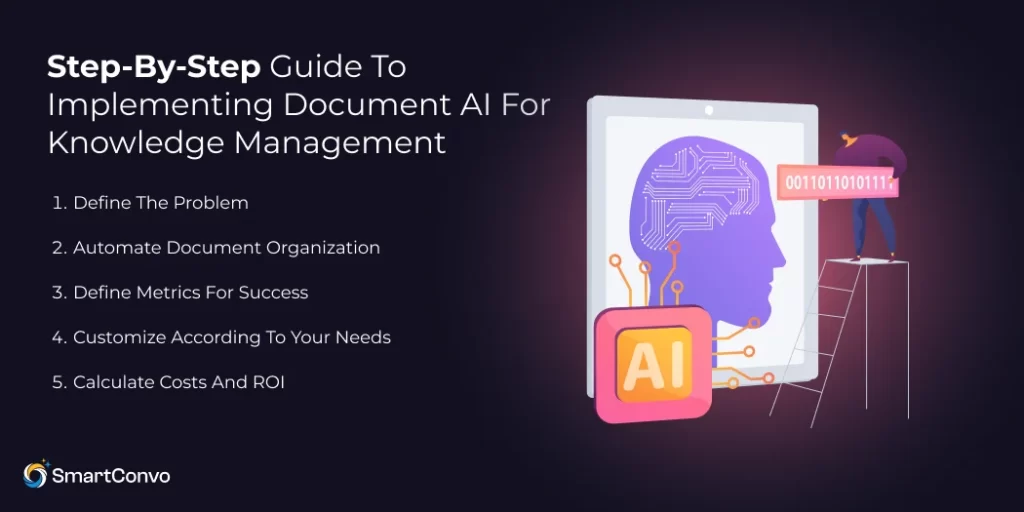
If you’re ready to harness the power of Document AI but don’t know where to start, follow these actionable steps:
Define the Problem
Begin by identifying the document-related challenges your organization faces. For instance, are data retrieval times too long, causing delays in workflows and decision-making? Are manual errors frequent, leading to costly mistakes or inefficiencies? Perhaps outdated processes are slowing down productivity or creating compliance risks. Taking the time to clearly define the problem not only helps you understand the root cause but also ensures that any solution you implement is aligned with your organization’s overall goals and needs.
Automate Document Organization
Select a Document AI platform equipped with advanced features like categorization, tagging, and automated data extraction. These tools can help streamline workflows by organizing large volumes of documents, making it easier to retrieve information quickly. For example, some AI chatbots for HR management integrate Document AI capabilities to simplify document searches, automate archiving processes, and even provide insights from data within employee files.
Define Metrics for Success
Set measurable objectives to gauge success and track progress effectively. For example, you could aim to reduce document retrieval times by 50%, ensuring team members can access critical files faster and improve overall productivity. Another objective might be to process 80% of incoming files without human intervention, leveraging automation tools to save time, reduce errors, and streamline your workflows.
Customize According to Your Needs
Tailor the AI to seamlessly fit your business workflows and specific needs. For instance, companies in healthcare can customize Document AI to process patient records, ensuring accuracy and compliance with regulations like HIPAA. Meanwhile, legal firms might use it to analyze and manage contracts, speeding up document review while reducing errors. Whatever your industry, Document AI can adapt to handle complex, time-consuming tasks with greater efficiency.
Calculate Costs and ROI
Determine initial investment costs and carefully weigh these against the anticipated return on investment (ROI). Consider not only the upfront expenses but also ongoing costs such as maintenance, training, or updates to the system. Remember, the benefits often extend far beyond immediate savings—they include enhanced accuracy in operations, improved employee productivity through streamlined processes, and a stronger competitive advantage in the marketplace. By thoroughly analyzing these factors, you can make a well-informed decision that aligns with both short-term goals and long-term business growth.
No Credit Card Required | 14 days Free Trial
Build Your Chatbot
Conclusion
Whether you’re an IT manager implementing systems or a business owner overseeing workflows, deploying Document AI is an investment in efficiency. By automating processes, gaining valuable insights, and enhancing collaboration, you’re not only saving time—you’re building a smarter organization equipped for the future.
Want to explore how different industries are benefiting from AI tools? Check out our resources on conversational AI in different industries or learn about AI chatbots for employee engagement to stay ahead.
Frequently Asked Questions (FAQ)
Document AI is artificial intelligence designed to interpret, extract, and process information from documents, making them easy to manage and retrieve.
It automates repetitive tasks, reduces errors, enhances search functionality, and provides actionable insights for better decision-making.
Yes, Document AI platforms are often compatible with tools like HR systems, enterprise resource planning (ERP) software, and customer relationship management (CRM) platforms.
Absolutely. Many solutions are scalable, making them accessible for small businesses looking to streamline workflows without incurring high costs.
Implementation timelines vary depending on company size and project scope, but many Document AI platforms offer quick integrations to accelerate adoption.




